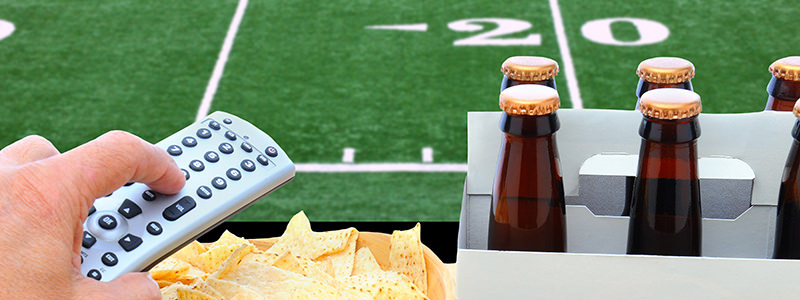Only a couple of shopping days left until Football Christmas, which means it’s time to discuss Super Bowl beers. But first I must warn you that in so doing, we’re taking a bit of a risk by using the phrase “Super Bowl” right here in plain sight rather than calling it “The Big Game!” to avoid the wrath of the National Football League, which is famously (if not always competently) litigious and also, fair enough, owns the trademark.
I’m pretty sure we’re in the clear here because we’re not trying to invoke the name of the game to sell you anything directly, but I admit I’m foggy on intellectual property rules. I suppose I could be setting myself up for a lawsuit, or at the very least a 4-game suspension and the loss of my first-round draft pick, and I’d have to imagine you’d all be complicit for reading. But I’m not gonna sweat it. I have a hunch NFL executives view me as an ally in the War On People Who Don’t Have At Least One Beer In Their Hands At All Times.
The NFL sells broadcast rights to its games for $3.1 billion dollars per year; it’s CBS’s turn to air the Super Bowl, and they will try to recoup their share of the $3.1-billion annual tab by, in part, charging Anheuser-Busch $5 million for every 30 seconds they spend telling you to drink Budweiser. As a bit of counter-programming, I am attempting to recoup my January bar tab by charging VinePair a marginally lower fee to recommend you instead drink craft pilsner.
The pilsner style was invented in the Czech city of Pilsen in 1842 by the brewery now known as Urquell; it was one of the first Czech beers brewed in the emerging Bavarian lager style. The spicy, floral Saaz hop is still used to give these pale lagers their distinctively crisp, flavorful profile. German and German-inspired versions typically rely on Hallertau, Tettnanger, and other noble hops for a similar effect.
In postwar America, pilsner’s good name was tarnished by association with mass-produced, adjunct-laden, flavorless-at-best light lagers. In recent years, however, our better brewers have begun to embrace pale lagers in general and pilsners in particular. The better versions are clean and easy-drinking, with moderate alcohol levels and straightforward, unfussy flavor. In short, what the macro lagers pretend to be. So on Sunday night, when your television is imploring you to ride a Clydesdale to the gas station for a 30-pack of lifeless lager, quietly exercise your right to a more tasteful life by enjoying a few of these 10 high-class American pilsners.
Sixpoint The Crisp
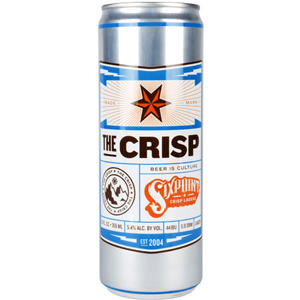
This 5.4-percent alcohol-by-volume Brooklyn beauty features a floral, grassy aroma leading into nice bready malt and light lemon before a dry, peppery finish.
Notch Session Pils
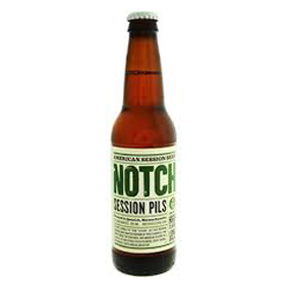
Notch refers to this 4-percent ABV unfiltered pils as a “worker’s beer,” but I can attest that it’s perfectly suited to serve as a “well, actually just kind of a blogger’s beer” too, as it has landed in my fridge at least twice as often as any other beer over the past four years. Sterling hops complement Saaz to produce a beer that is herbal, earthy, and ideal.
Firestone Walker Pivo Pils
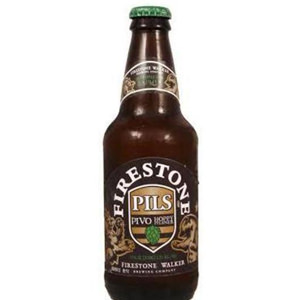
Pilsner is the only beer style I tend to get uptight about, which is why I was somewhat wary of the 5.3-percent Pivo, which calls itself a “hoppy pils” right on the label. Traditional pilsners are very hoppy beers by European lager standards, but not necessarily in the modern American craft context. Buy my dumb qualms notwithstanding, Pivo is both excellent and authentic: The style sticklers at the Great American Beer Festival have awarded Pivo the gold medal in the German-style pilsner category all three years that the Magnum-, Spalter-, and Saphir-hopped wonderbrew has existed.
North Coast Scrimshaw
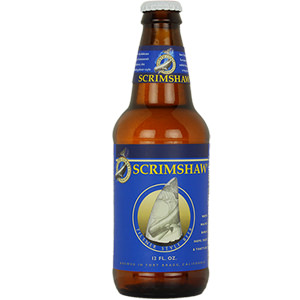
I am cursed to live in a benighted region where it is not always easy to find fresh bottles of this clean, crisp 4.7-percent ABV German-style pilsner from Fort Bragg, California, but I snap it up every chance I get. Brewed with Munich malt and Hallertau and Tettnang hops, Scrimshaw is as honest as it is excellent.
Victory Prima Pils
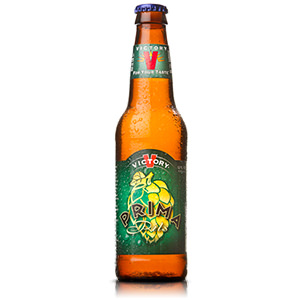
This critically acclaimed 5.3-percent ABV pilsner has a beautiful balance between pale, crackery malt and floral, herbal hops. It’s quite hop-forward and ambitious for the style, but everything works in harmony, which is why Prima is one of most highly rated pilsners brewed in the United States.
Half Acre Pony
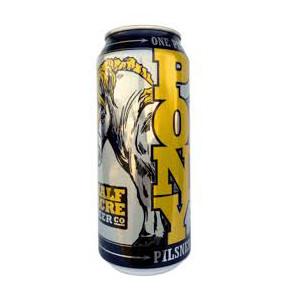
At 5.8-percent ABV, this aggressive Chicagoan pushes the upper limits of the category, but there’s no hint of undue alcohol in the smooth, pepper-heavy flavor.
Deschutes Pine Mountain
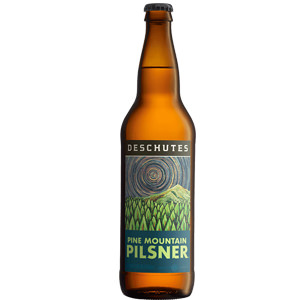
Of all the bigger breweries that don’t distribute to my state, I think I might pick Deschutes if I were allowed to choose the next party-crasher. (No complaints if Bell’s or New Belgium shows up first, either.) The 5.2-percent ABV Pine Mountain features aromas of lemongrass and fancy flowers before a firm, dry, extra-long finish.
Schell’s Pilsner
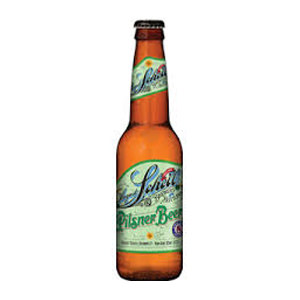
Though ales continue to dominate the American craft beer market, more and more lagers are coming to light as sophisticated drinkers drop their Bud-flavored biases and brewers seek ways to differentiate themselves. This little micro-trend must amuse Schell’s, of New Ulm, Minnesota, where they’ve been making high-end lagers since 1860. Their 5.3-percent ABV Pilsner has floral, lightly fruity aromas and tastes like honest-to-god barley before a spicy hop kick on the superdry finish.
Avery Joe’s Pils
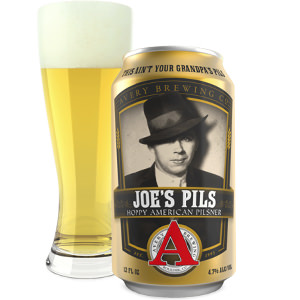
This 4.7-percent ABV classic from Boulder, Colorado, stands out as crisp and clean even in a style practically defined by those attributes. It’s hoppy for a pilsner, but in the classically spicy, grassy, bitter way that challenges many current American notions of what hops are for: Joe’s Pils proves a well-made beer can be heavily hopped without resembling a glass of grapefruit juice garnished with a chunk of pineapple. Who knew?
Heater Allen Pils
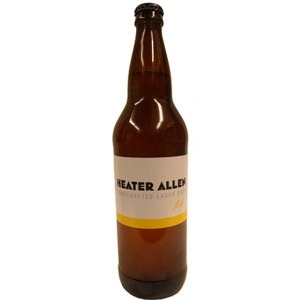
I have to confess that I’ve only had this Oregon product once, and I either didn’t take notes or I’ve lost them. So I’m not going to pretend I’m qualified to describe specific flavors or impressions, but I can say that I loved Heater Allen Pils at the time, and it makes me feel slightly less dumb to see that it is currently RateBeer’s top-ranked German-style pilsner. The father-daughter team of Rick and Lisa Heater (Allen is their wife/mother’s maiden name) is renowned for brewing top-tier lagers of all stripes, and I hereby encourage them to join their fellow Oregonians at Deschutes in coming east to improve Massachusetts’s already strong lager scene.

